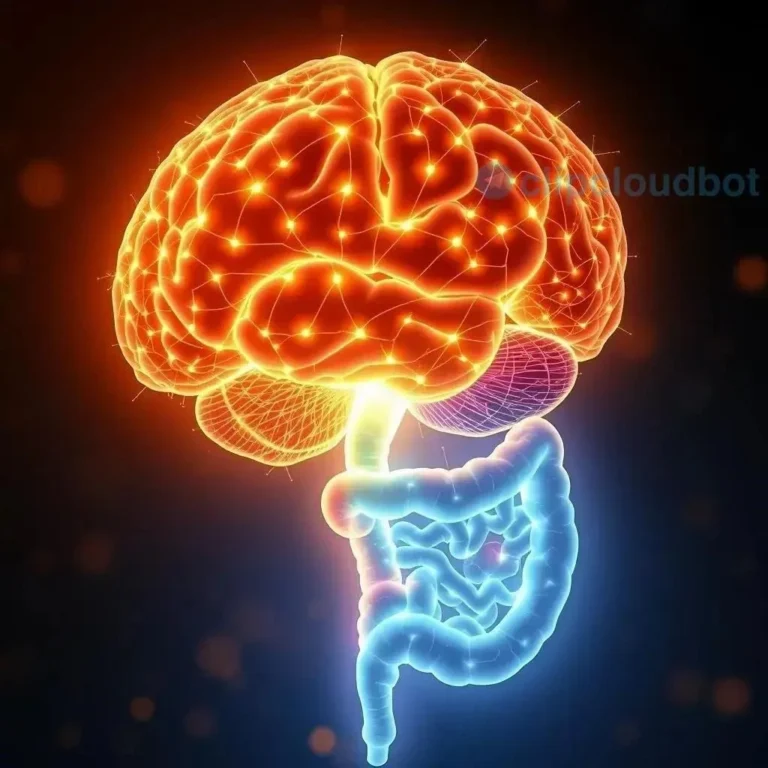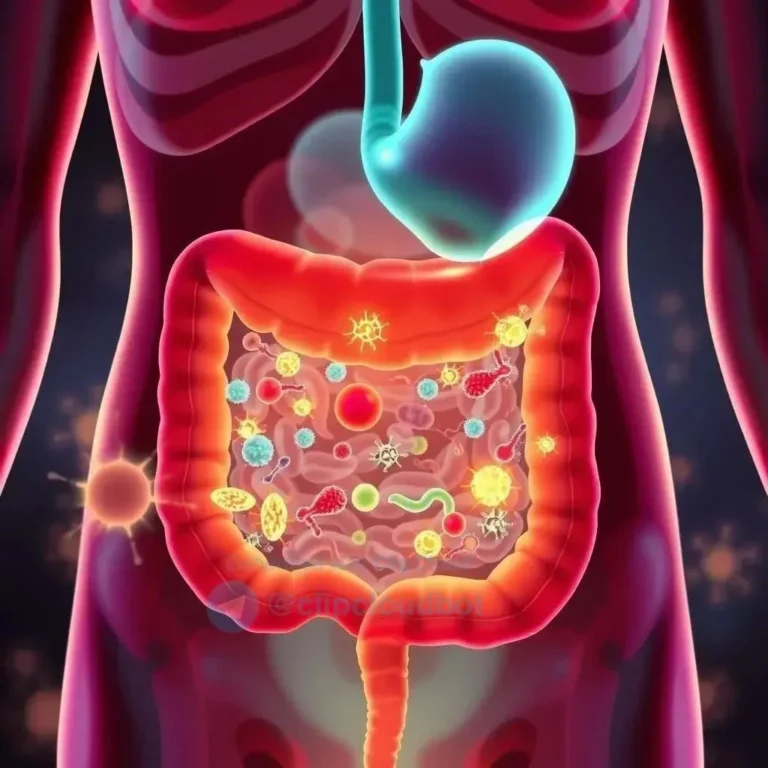Ketogenic Diet: A Comprehensive Overview
The ketogenic diet, or keto diet, is a high-fat, moderate-protein, and very-low-carbohydrate eating plan. By drastically reducing carbohydrate intake, the body shifts from using glucose as its primary fuel source to burning stored fat. This metabolic state, called ketosis, produces ketones, which the body and brain then utilize for energy. The keto diet has gained popularity for its potential benefits in weight management and other health aspects. It requires careful planning and monitoring to ensure nutritional adequacy and manage potential side effects. This overview introduces the core principles of the keto diet.
Understanding Ketosis and its Benefits
Ketosis is a metabolic state where the body shifts from using glucose (derived from carbohydrates) as its primary fuel source to using fat. This shift occurs when carbohydrate intake is significantly reduced, typically below 50 grams per day. As glucose levels drop, the liver begins breaking down stored fat into molecules called ketones. These ketones, specifically acetoacetate, beta-hydroxybutyrate, and acetone, become the body’s main source of energy. This process mimics a fasting state, even when adequate calories are consumed.
Understanding how ketosis works is crucial to grasping the ketogenic diet’s potential benefits. Here’s a breakdown:
- Reduced Blood Sugar and Insulin Levels: With fewer carbohydrates consumed, blood sugar levels stabilize, leading to a reduction in insulin secretion. This can be particularly beneficial for individuals with insulin resistance or type 2 diabetes.
- Appetite Suppression: Ketones have been shown to have an appetite-suppressing effect, which can aid in weight management by reducing overall calorie intake.
- Improved Mental Clarity: Some individuals report increased mental clarity and focus while in ketosis. This is attributed to the brain’s efficient utilization of ketones as an alternative fuel source.
- Potential Benefits for Neurological Conditions: Research suggests that ketosis may have therapeutic benefits for certain neurological conditions, such as epilepsy, Alzheimer’s disease, and Parkinson’s disease, although further research is needed.
- Increased Fat Burning: The primary mechanism of the ketogenic diet is to shift the body’s metabolism towards burning fat for energy, which can lead to weight loss and a reduction in body fat percentage. This is a primary reason for its popularity in weight management programs.
- Improved Cholesterol Levels: Some studies have indicated that the ketogenic diet can improve cholesterol profiles by increasing HDL (“good”) cholesterol and decreasing triglycerides. However, the long-term effects on LDL (“bad”) cholesterol require further investigation.
- Reduced Inflammation: Emerging research suggests that ketosis may have anti-inflammatory effects, which could be beneficial for various health conditions. This area requires further study to fully understand the mechanisms and potential benefits.
It’s important to note that while ketosis offers potential benefits, it’s not suitable for everyone. Consulting with a healthcare professional or registered dietitian is crucial before starting a ketogenic diet, especially for individuals with underlying health conditions. They can help determine if the diet is appropriate and provide guidance on safe and effective implementation.
Achieving Weight Loss with Keto
The ketogenic diet has gained significant attention for its potential to facilitate weight loss. Its effectiveness stems from several key mechanisms triggered by ketosis, the metabolic state induced by severely restricting carbohydrate intake. Understanding these mechanisms can help individuals optimize their weight loss journey on a keto diet.
Reduced Appetite and Calorie Intake: One of the primary ways keto contributes to weight loss is by suppressing appetite. The ketones produced during ketosis act as appetite suppressants, leading to a natural decrease in calorie consumption. This makes it easier to adhere to a calorie deficit, a crucial factor for shedding pounds. Furthermore, the increased protein intake on a keto diet also contributes to satiety, further reducing hunger pangs and cravings.
Shifting to Fat as Fuel: By drastically reducing carbohydrate intake, the body is forced to find an alternative energy source. This triggers the breakdown of stored body fat into ketones, which are then used as fuel. This metabolic shift effectively turns the body into a fat-burning machine, leading to a reduction in overall body fat percentage.
Water Loss: In the initial stages of the keto diet, significant weight loss can occur due to water loss. Carbohydrates bind to water in the body, and when carbohydrate stores are depleted, this water is released. While this contributes to the initial weight loss, it’s important to remember that it’s not actual fat loss.
Sustained Weight Loss: Studies have shown that the ketogenic diet can lead to sustained weight loss over time, especially when combined with regular exercise and mindful eating practices. However, individual results can vary, and long-term adherence to the diet is essential for maintaining weight loss.
Optimizing Weight Loss on Keto:
- Strict Carbohydrate Restriction: Keeping carbohydrate intake below the recommended threshold (typically 20-50 grams per day) is crucial for maintaining ketosis and maximizing weight loss.
- Adequate Protein Intake: Consuming sufficient protein helps preserve muscle mass during weight loss and contributes to satiety.
- Healthy Fat Sources: Focusing on healthy fats from sources like avocados, nuts, seeds, and olive oil is essential for overall health and optimal ketone production.
- Electrolyte Balance: Paying attention to electrolyte intake (sodium, potassium, magnesium) is crucial to prevent potential side effects associated with the keto diet.
- Regular Monitoring and Adjustments: Tracking progress and making adjustments to the diet based on individual needs and responses can optimize weight loss results.
It’s important to consult with a healthcare professional or registered dietitian before starting a ketogenic diet, especially if you have any underlying health conditions. They can provide personalized guidance and help you navigate the diet safely and effectively.
Creating a Keto Meal Plan
Creating a well-structured keto meal plan is essential for successfully transitioning into and maintaining ketosis. A keto meal plan prioritizes high-fat, moderate-protein, and very-low-carbohydrate foods. This balance ensures the body shifts from using glucose to fat as its primary fuel source. Careful planning ensures nutritional adequacy and helps manage potential side effects. Here’s a guide to creating a personalized keto meal plan:
Focus on Keto-Friendly Foods:
- Healthy Fats: Prioritize healthy fats, which should comprise the majority of your calories. Excellent sources include avocados, olive oil, coconut oil, nuts (almonds, walnuts, macadamia), seeds (chia, flax, pumpkin), and fatty fish (salmon, mackerel, sardines).
- Moderate Protein: Include moderate amounts of protein to support muscle mass and satiety. Good options include lean meats (beef, poultry, pork), fish, eggs, and dairy products (cheese, Greek yogurt).
- Very-Low-Carb Vegetables: Non-starchy vegetables are crucial for providing essential nutrients and fiber. Choose leafy greens (spinach, kale), broccoli, cauliflower, asparagus, zucchini, and peppers.
Limit or Avoid These Foods:
- Sugary Foods and Drinks: Eliminate sugary drinks, desserts, candies, and processed foods high in sugar.
- Grains and Starches: Avoid bread, pasta, rice, cereals, and other grain-based products.
- Most Fruits: Limit fruit intake to small portions of berries, which are lower in carbohydrates than other fruits.
- Legumes: Beans, lentils, and peas are relatively high in carbohydrates and should be avoided.
- Root Vegetables: Potatoes, carrots, and other root vegetables are higher in carbohydrates than non-starchy vegetables.
- Unhealthy Fats: Limit processed vegetable oils, trans fats, and excessive saturated fats.
Sample Keto Meal Plan:
- Breakfast: Scrambled eggs with spinach and cheese, or a keto smoothie with protein powder, almond milk, and spinach.
- Lunch: Salad with grilled chicken or fish, avocado, and a low-carb dressing.
- Dinner: Steak with roasted broccoli and cauliflower, or salmon with asparagus and a lemon-butter sauce.
- Snacks: Nuts, seeds, cheese, hard-boiled eggs, or celery sticks with almond butter.
Tips for Meal Planning:
- Meal Prepping: Prepare meals and snacks in advance to save time and ensure you have keto-friendly options readily available.
- Track Your Macros: Use a food tracking app or journal to monitor your carbohydrate, protein, and fat intake.
- Stay Hydrated: Drink plenty of water throughout the day.
- Listen to Your Body: Pay attention to your hunger and fullness cues.
- Consult a Professional: Seek guidance from a registered dietitian or healthcare professional for personalized meal planning advice.
By following these guidelines and creating a structured meal plan, you can successfully navigate the ketogenic diet and achieve your health goals. Remember to adjust your plan based on your individual needs and preferences.
Managing Potential Keto Side Effects
While the ketogenic diet offers potential benefits, it’s essential to be aware of and manage potential side effects. These side effects, often referred to as the “keto flu,” can occur during the initial transition phase as the body adapts to burning ketones instead of glucose. Understanding these side effects and implementing strategies to mitigate them can significantly improve your keto experience.
Common Keto Side Effects:
- Fatigue: Feeling tired and sluggish is common during the initial stages of keto as your body adjusts to its new fuel source. Ensure adequate rest and hydration.
- Headache: Headaches can occur due to electrolyte imbalances and dehydration. Increase your intake of water, sodium, potassium, and magnesium.
- Nausea: Digestive upset, including nausea, can be a temporary side effect. Eat smaller, more frequent meals and ensure adequate fiber intake from non-starchy vegetables.
- Constipation: The reduced intake of fiber-rich carbohydrates can lead to constipation. Increase your consumption of low-carb vegetables and consider a keto-friendly fiber supplement.
- Muscle Cramps: Electrolyte imbalances can contribute to muscle cramps. Replenish electrolytes through mineral-rich foods or supplements;
- Dizziness: Dizziness can be a symptom of dehydration or electrolyte imbalances. Ensure adequate fluid and electrolyte intake.
- “Keto Breath”: A distinct fruity or acetone-like odor on the breath can occur due to the production of ketones. This is usually temporary and can be minimized by staying hydrated and maintaining good oral hygiene.
Tips for Managing Side Effects:
- Increase Electrolyte Intake: Consume foods rich in sodium, potassium, and magnesium, or consider electrolyte supplements. Broth, leafy greens, avocados, and nuts are good sources.
- Stay Hydrated: Drink plenty of water throughout the day to prevent dehydration.
- Gradual Transition: Gradually reduce your carbohydrate intake to minimize the severity of the keto flu.
- Prioritize Sleep: Ensure adequate rest to combat fatigue.
- Increase Fiber Intake: Consume non-starchy vegetables to maintain regular bowel movements.
- Listen to Your Body: Pay attention to your body’s signals and adjust your diet accordingly. If side effects persist or worsen, consult a healthcare professional.
- Consider Exogenous Ketones: Exogenous ketone supplements can help ease the transition into ketosis and reduce the severity of the keto flu.
While the keto flu is typically temporary, it’s crucial to address these side effects proactively. By following these tips and consulting with a healthcare professional when needed, you can minimize discomfort and successfully adapt to the ketogenic diet.






